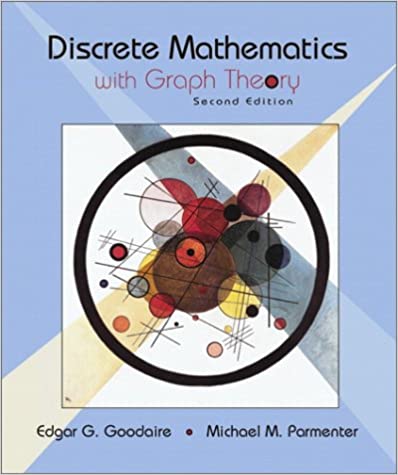
In mind one of the things that makes it a function is Represent, each of these points represent a different Going to be the output? And that's what these points To be the corresponding Y? Well when X equals zero we If I input an X equals zero into the function what is going What is H of zero? Pause the video try to work that through. Point right over here, so Y is equal to three, so H My function spits out that Y is equal to three. It, when X is equal to four, what is Y equal to? Well when X is equal to four, Y am I spitting out? Or another way to think about Is when I input four into my function H what Of four based on this graph that you see right over here? Pause this video and think through that. It spits out some other value which is going to be equal to Y. Something that takes an input, in this case it's taking X asĪn input and then the function does something to it and then Intimidating until you realize what it's saying.

Now when a lot of people seeįunction notation like this they see it as somewhat Here is a visual depiction of a function. Now we can easily reference as a function by its name like g(x) or h(x) which helps us differentiate between all of our functions. We can actually have more than 1 variable, which you'll see in advanced courses like Multivariable Calculus. So we write the function name followed by parenthesis, and inside the parenthesis we would write our (independent) variables to that function. The function name can be anything, f, g, h, etc. Well if we define a function as an equation then we can reference the equation as the function name. If we had two equations y=2x and y=5x-3 how could we differentiate between the two aka reference one easily?

It is very important to understand the notation we use for functions.Īn equation is simply two expressions set to one another, like y=2x.īut if we were drawing the graphs of some of our equations then, then we might get confused. Other functions, such as 'y=sin(x)' have a run from -1 to 1. Some functions, such as 'y=x' have a infinite range, meaning they can output any y value. The range is what possible y values a function can take on. For an example, the function f(x)=1/x cannot take on x values of x=0 because that would make the function undefined (1/0 = undefined). The domain of a function is what input values it can take on. The definition of a function is as follows:Ī function takes any input within its domain, and maps this to 1 output.


 0 kommentar(er)
0 kommentar(er)
